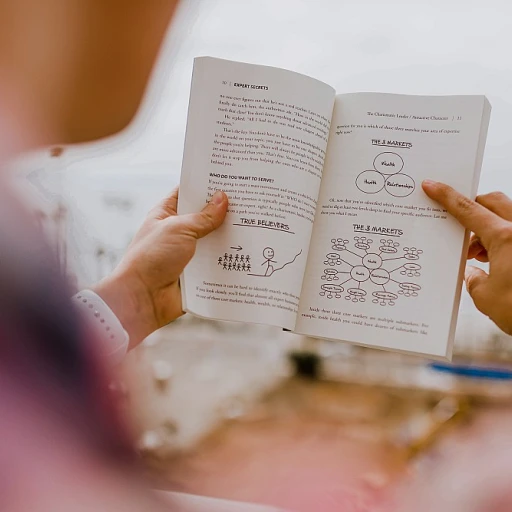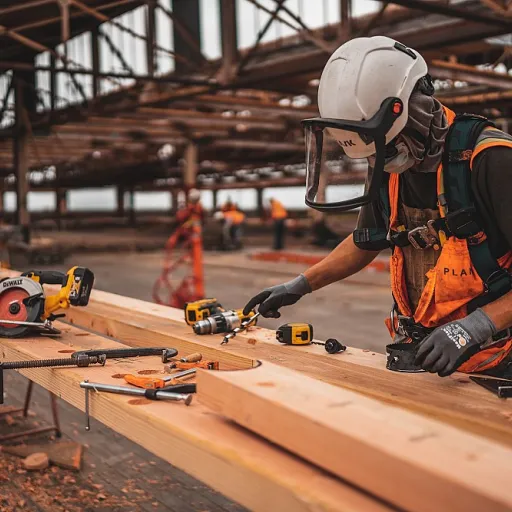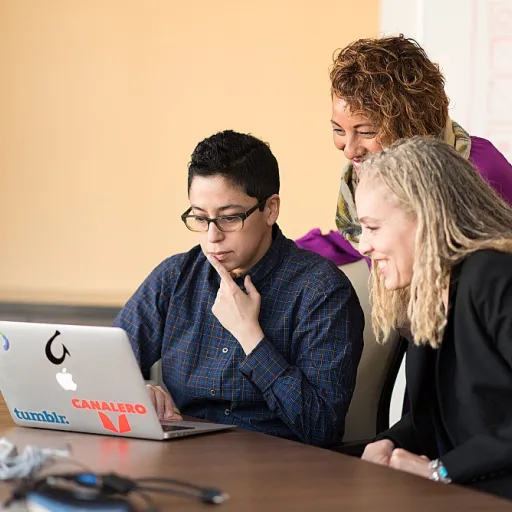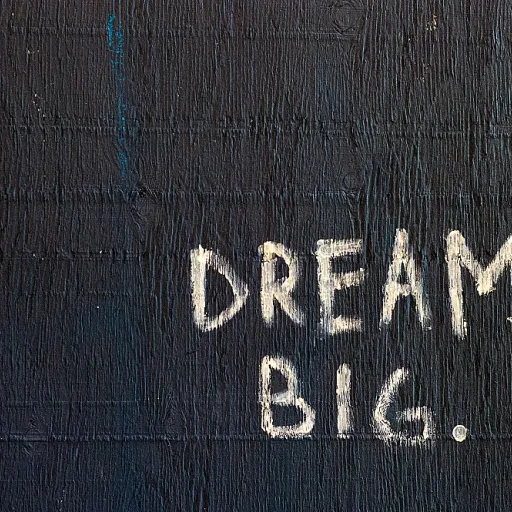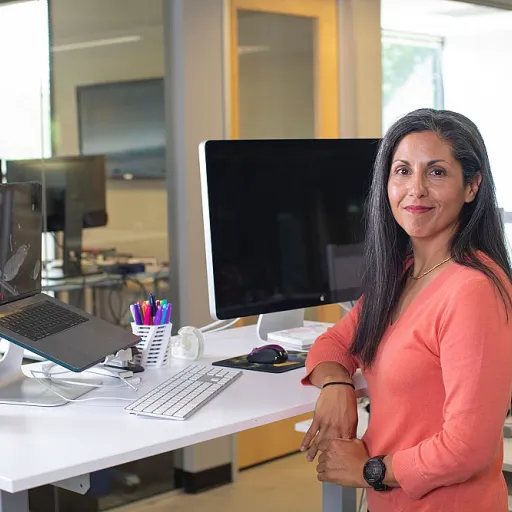
Identifying the Skills Gap
The Challenge of Recognizing Skill Deficits
Identifying a skills gap is not as straightforward as it may appear. It requires a thorough understanding of what constitutes a "gap" in skills and what it means in various learning contexts. The complexity arises from the different stages of learning and mastery that individuals go through—such as unconscious incompetence, conscious incompetence, conscious competence, and unconscious competence. Understanding these stages can help students and professionals alike navigate their learning processes more effectively. Initially, the learner might be in a phase of unconscious incompetence, where they are unaware of what they do not know. Recognizing this stage is crucial in any skill acquisition journey, as it marks the beginning of conscious incompetence, where learners acknowledge their lack of competence and seek improvement. This acknowledgment is pivotal for setting the purpose and direction in their learning journey. The skills knowledge required to move from one level of mastery to the next involves a disciplined approach to learning. It calls for structured stages that can help students move forward on their path to mastery. Just like the Dunning Kruger model illustrates, there are cognitive biases that could affect an individual's perceived versus actual competence, which emphasizes the need for accurate self-assessment. Moreover, the professional environment can greatly influence the recognition of skills gaps. In some instances, the gap is not just an individual issue but a structural one, necessitating organizational commitment to competence development. This is where a comprehensive mastery model becomes essential—one that evaluates current skills and aligns with future goals to facilitate continuous improvement. For those interested in understanding how to navigate this challenging phase of recognizing and addressing skills gaps, exploring resources like the duration of team building activities can offer valuable insights into fostering skills development in group settings.The Importance of Mastery Levels
The Importance of Grasping Mastery Levels
In the quest to bridge the skills gap, understanding mastery levels becomes crucial. Each stage in the learning process signifies a milestone that students and professionals encounter on their journey to skill acquisition. The mastery model often outlines this progression through stages of competence, including unconscious incompetence, conscious incompetence, conscious competence, and ultimately, unconscious competence. The purpose of recognizing these levels is to provide a structured path towards the ultimate goal – turning knowledge and skills into a professional readiness to tackle real-world tasks.- Unconscious Incompetence: This initial phase is when learners are unaware of their lack of a skill or knowledge. Despite their enthusiasm, they fail to recognize the gaps in their competence.
- Conscious Incompetence: At this stage, awareness kicks in. Students realize what they don't know and acknowledge the work needed to improve. It’s a crucial moment where cognitive bias like the Dunning-Kruger effect might come into play, causing them to overestimate their abilities until learning progresses.
- Conscious Competence: Here, individuals begin mastering skills through deliberate practice. They're able to perform the task with mindfulness, although it still requires effort and concentration.
- Unconscious Competence: The final level mastery, where skills and knowledge have been ingrained to the point of automaticity. Professionals act with ease and confidence, displaying skills seemingly effortlessly.
Assessing Current Skill Levels
Understanding Current Skill Levels
Understanding the current status of an individual's skills is essential in their learning journey. Before one can aspire to mastery, it's critical to first assess where they stand within the various stages of competence. The Dunning-Kruger effect highlights that some may not even be aware of their incompetence—an important thought to consider as we evaluate skill levels. In the field of skill acquisition, the mastery model often outlines four distinct stages: unconscious incompetence, conscious incompetence, conscious competence, and finally, unconscious competence. Recognizing which stage students or professionals reside in can greatly assist in setting realistic expectations and guiding purpose-driven learning. One effective method to gauge this is through practical assessments. By focusing on both knowledge and skills, we can pinpoint proficiency levels. This phase can be likened to shining a light on areas of ignorance, aiming at conscious incompetence, thus promoting awareness and improvement. Moreover, understanding the discipline-specific nuances can enhance this assessment process. Knowledge assessment should not be limited to traditional testing; rather, it should include real-world applications and projects that reflect the complexity of the professional environment. Such evaluations ensure that individuals are not just amassing theoretical knowledge but are embodying a conscious competence in their chosen fields. It's also important to note the role of feedback mechanisms. Constructive feedback from mentors or colleagues can shape the learning process, fostering continuous growth and pushing students towards higher mastery levels. In conclusion, accurately assessing current skill levels is foundational to creating an effective pathway to mastery. By doing so, one can tackle the challenges in skill improvement with a prepared mind, and set the stage for significant personal and professional growth. For more insight into how prerequisite courses fit into this learning model, you can explore how they impact skill acquisition.Developing a Pathway to Mastery
Designing the Journey Towards Expertise
When tackling the formidable task of bridging the skills gap, one must create a strategic plan that considers the various stages of mastery. These stages range from unconscious incompetence, where a person is unaware of what they do not know, to unconscious competence, where tasks are performed effortlessly without conscious thought.
To move individuals from one stage to another, it's crucial to establish a structured learning process. This begins with the recognition of one's current competence level, allowing for an effective mastery model to be developed. The purpose is to tailor the pathway of learning to strategically address gaps in both knowledge and skills.
A well-designed pathway should account for the Dunning-Kruger effect, a cognitive bias where people with limited knowledge may overestimate their competence. This requires careful assessment followed by interventions that encourage conscious incompetence—a stage where the learner acknowledges their deficiencies and actively seeks improvement.
By fostering a discipline of continuous improvement, the journey towards mastery involves not only gaining skills and knowledge but also cultivating a love for the subject. As students progress through these stages, tools and methods that support experiential learning, such as problem-solving workshops or simulated environments, become increasingly valuable.
Creating this pathway requires a fine balance between professional direction and personal motivation. It's important to engage learners in a manner that excites them to master their discipline, ultimately leading to a high level of competence. A mastery model which is both structured and flexible will best support individuals in navigating their learning phases, ensuring they reach their ultimate potential in skill acquisition.
Challenges in Achieving Mastery
Overcoming the Barriers to Mastery
Bridging the skills gap is not without its hurdles. Achieving mastery in any discipline requires awareness of the roadblocks that can arise during the learning process. These barriers can present themselves at various stages of competence and must be understood to be effectively tackled. One significant challenge is recognizing the limits of one's own knowledge, a phenomenon well captured by the Dunning-Kruger effect. This cognitive bias leads individuals to overestimate their own competence, often when they are in the phase of unconscious incompetence. In this stage, learners are unaware of their lack of skill, making self-improvement and skill acquisition difficult. Moving to conscious incompetence requires an awakening to one's limitations and gaps in skills knowledge. In conscious competence, the learning curve requires a significant investment of time and effort to develop proficiency. Students often face motivation issues, especially when progress seems slow. The journey towards unconscious competence, or true mastery, where skills become second nature, demands even further discipline and consistency. Mastery models emphasize graduating through these levels with focus and determination. Another challenge is the disparity in available resources and support for different learners. Not all individuals have equal access to learning opportunities or guidance, which can hinder progression through the stages of mastery. Tailored learning models and strategic support structures can aid in leveling the playing field, providing learners with a fair chance to develop the necessary competence. Furthermore, the purpose of acquiring a skill needs clarification to maintain motivation and direct learning efforts effectively. Clear objectives become essential in a professional setting where mastering a particular skill directly impacts career advancement and job performance. Finally, maintaining a balance between learning and working life is a persistent challenge for professionals. The pressure to deliver results can overshadow the need for continuous improvement, highlighting the necessity for organizations to cultivate a culture that values knowledge and skill advancement. Overcoming these barriers requires an awareness of the processes involved in skill acquisition and a concerted effort to move through each level of mastery mindfully. By addressing these challenges head-on, learners can navigate the complex stages of competence and ultimately achieve mastery.The Role of Technology in Skill Development
Technological Innovations and Skill Development
Technology plays an instrumental role in bridging the skills gap and fostering continuous learning. Leveraging advanced tools and platforms can help individuals progress through different stages of mastery more efficiently. The learning process can be significantly enhanced by implementing adaptive learning technologies, which adjust to the student's stage of competence. The use of technology enables tailored learning experiences that cater to various understanding levels, from unconscious incompetence to unconscious competence. With the support of emerging technologies, learners can advance from the initial stages of incompetence to greater levels of mastery with precision and speed.- Adaptive Learning Technologies: These systems are designed to customize the learning experience based on the unique needs and progress of the student, thus addressing their learning needs at every phase of skill acquisition.
- Online Learning Platforms: The availability of online courses and resources allows learners to access knowledge and skills across a range of disciplines, promoting mastery at their own pace.
- Skill Assessment Tools: These tools provide valuable feedback on current skill levels, highlighting areas for improvement and helping learners move through the various stages of mastery more effectively.


